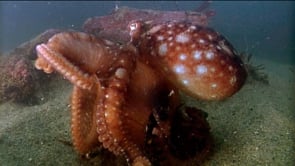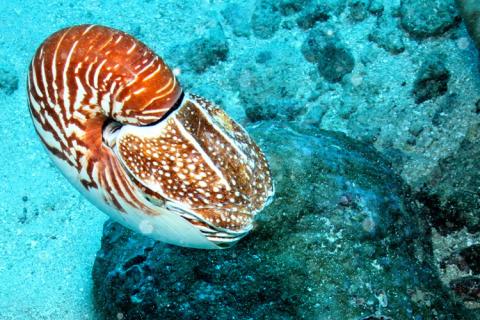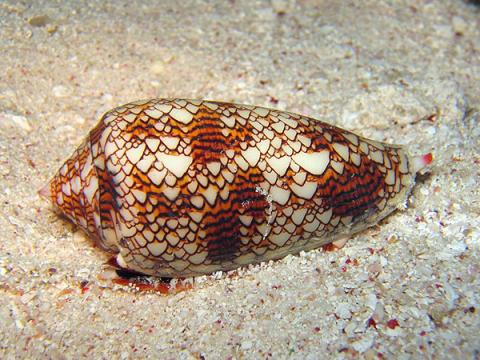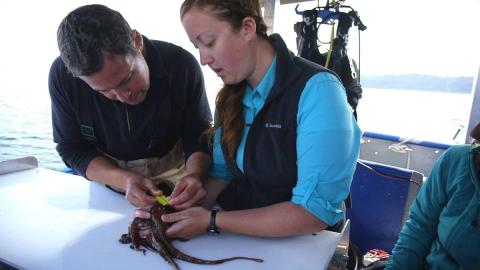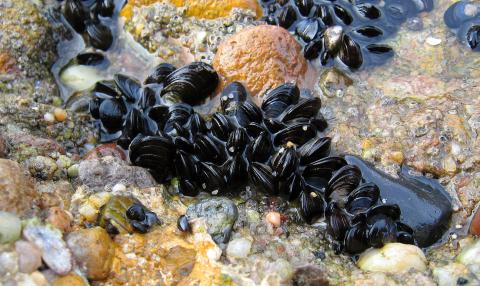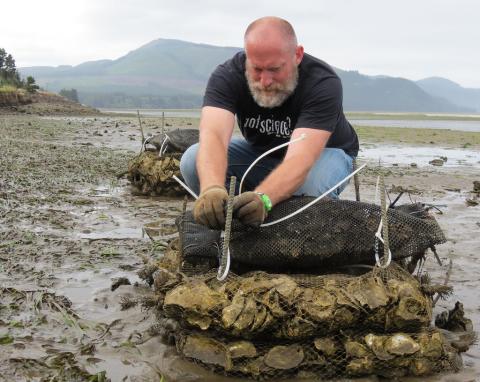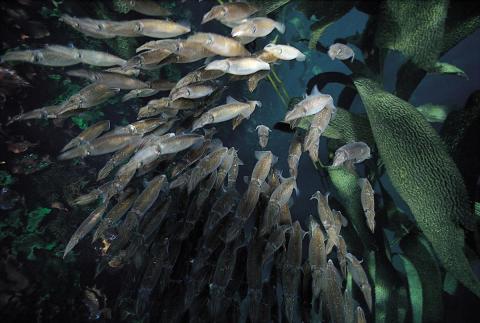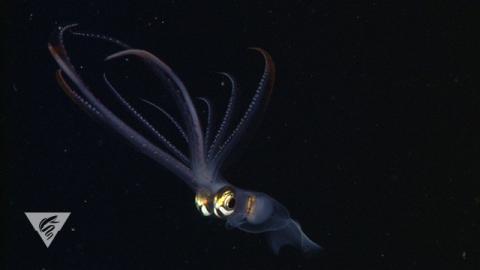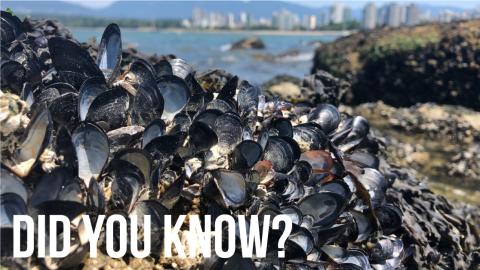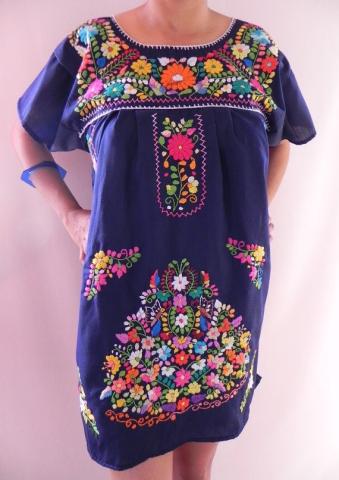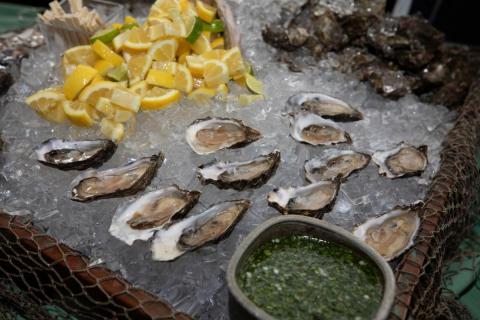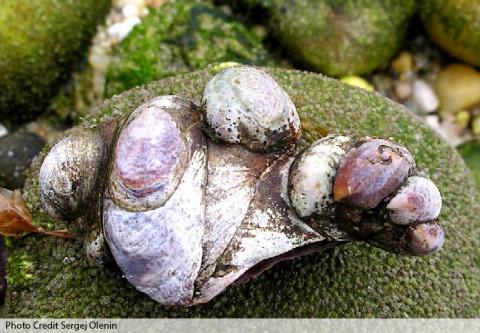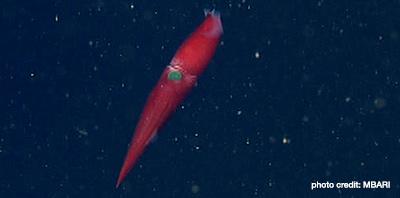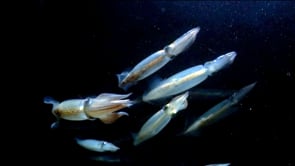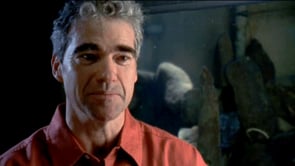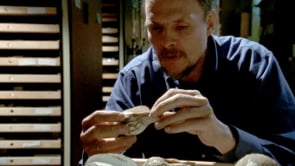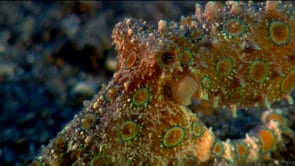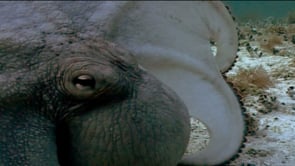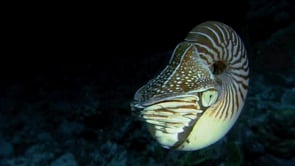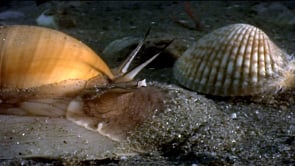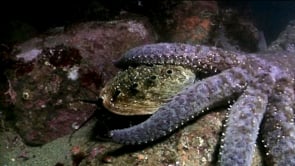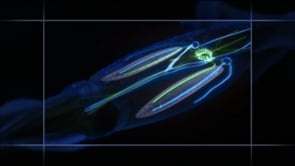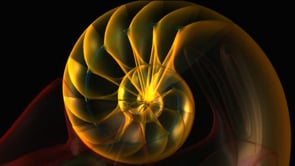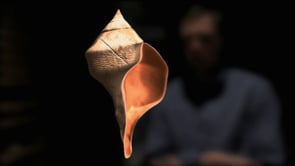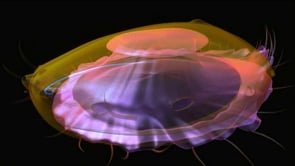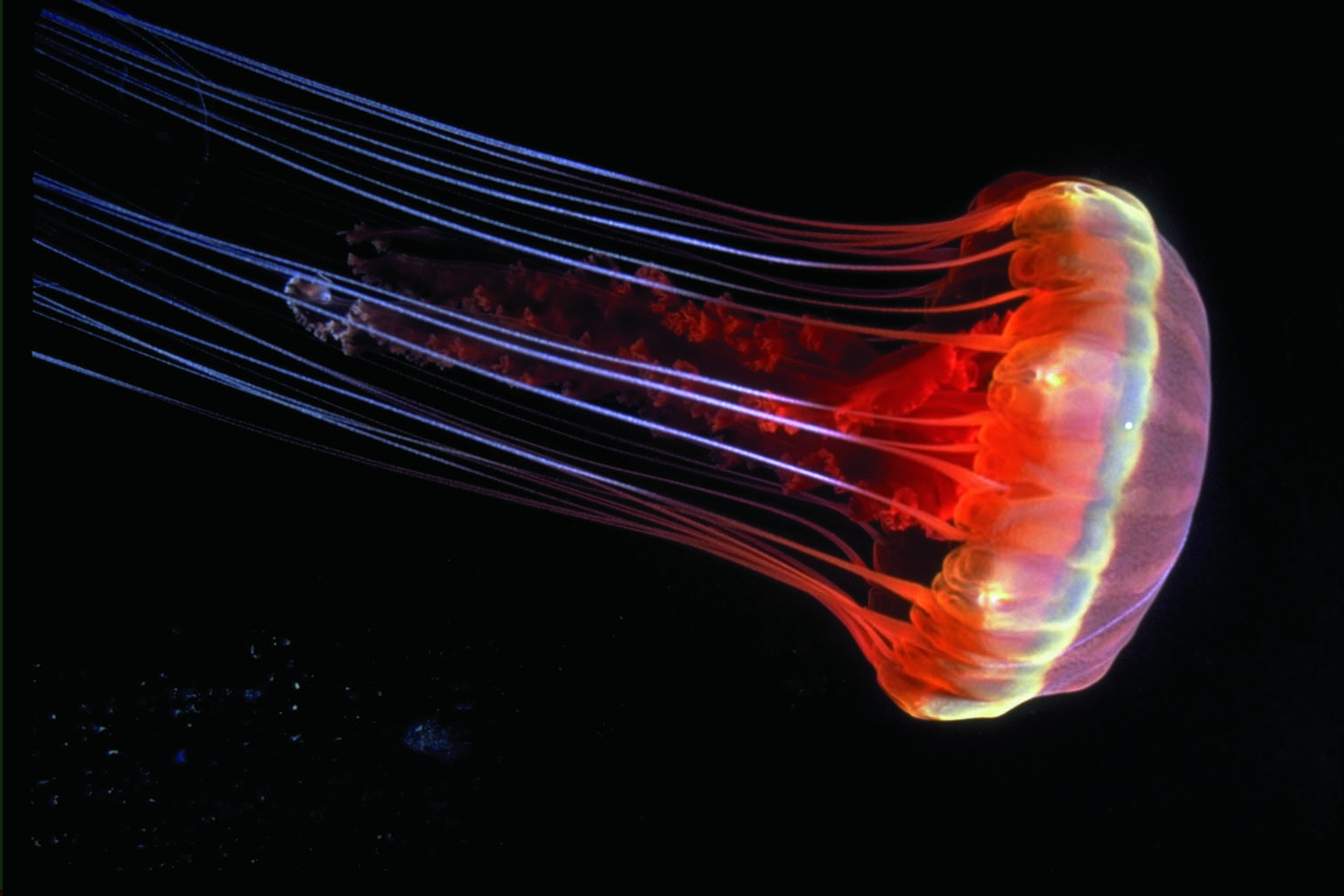

Phyla
Molluscs
Associated Shape of Life Content
John M Gregg
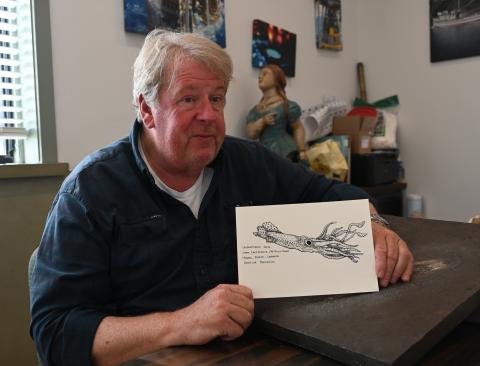
Cephalopod Ink
Cephalopods use ink to avoid predation: they ink and jet away under cover of the ink, creating a “smoke screen.” This move is often followed by unpredictable escape moves.
Nautilus
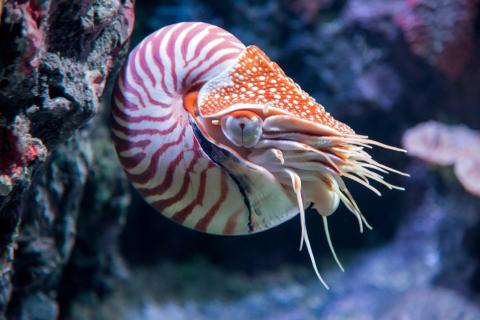
Pearl Octopus
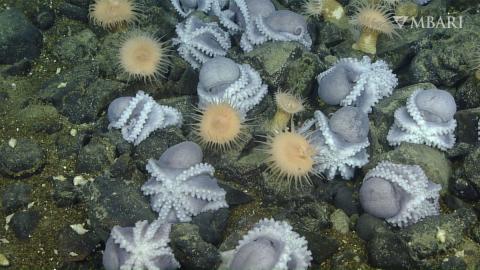
Phylum Mollusca: Macroevolution Module
Through a sequence of “explore-before-explain” laboratory investigations, coupled with segments from the Shape of Life videos, students study molluscs in the present and their long evolutionary history.
SNIPS AND SNAILS AND GASTROPOD TAILS
Ocean Acidification: An Indigenous Perspective
Ocean Acidification and Shelled Animals: An Indigenous Perspective
“We are the ocean, and the ocean is us.”
Help from Kelp!
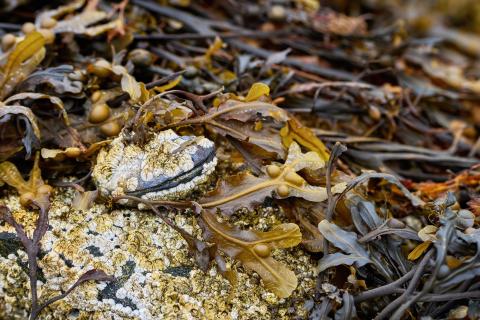
Shell Shocked
In this hands-on activity, students study the beautiful shells not as objects of beauty but as artifacts born of an evolutionary arms race.
The Eastern Oyster: A Not-So-Typical Mollusc
Lab dissection of a representative of Class Bivalvia. Supported by several Shape of Life segments, students interpret bivalve adaptations as a radical case of divergent evolution: A simple ancestral snail with a mobile lifestyle, single dome-shaped shell, bilateral symmetry, and a head (“cephalization”) transformed into a headless, double-shelled, sedentary filter-feeder whose bilateral form is obscure.
The Mussel: A Not So Typical Mollusc
Blue Glaucus
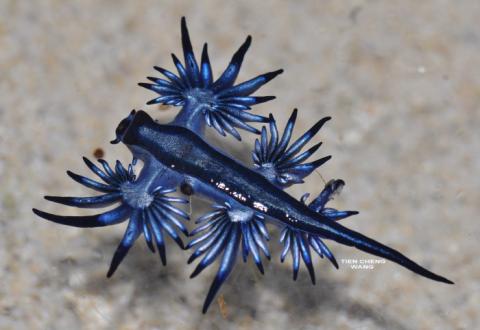
Life in the Fast Lane: From Hunted to Hunter
Octopus Intelligence
“Brainy, colorful, fast, sophisticated, strange, inspiring – cephalopods have been on the planet for about 500 million years and have fascinated humans for thousands of year.” Octopus, Squid & Cuttlefish: A Visual, Scientific Guide To The Oceans.
Molluscs: Armor and Speed, the Survival Game
"As the tide rises, the closed molluscs opens a fraction to the ocean's food, bathed in its riches. Do not ask what force would do, or if force could. A knife is no use against a fortress."
Molluscs: Beauty and Diversity
The diversity of molluscs shows how a fleshy soft body plan can evolve into a variety of forms.
The Octopus Garden
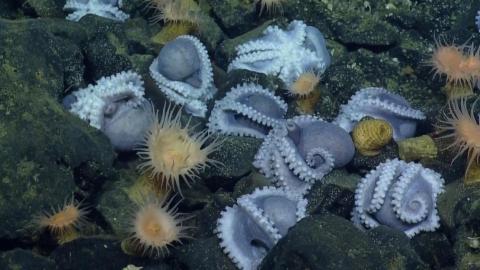
Paleontology of Molluscs
Because of their hard shells molluscs are well represented in the fossil record. There are Precambrian (Ediacran) fossils that could well be primitive molluscs. And a Precambrian fossil Kimberella is thought to be a mollusc. Here is another article about Kimberella.
Molluscs and Human Interaction
Food. Molluscs have always been an important source of food for humans. Growing oysters is a big global business. And small squid are a major protein source globally.
Molluscs and Climate Change
We can learn about past climate conditions by studying shells found in the fossil record.
Molluscs' Role in Ecosystem
Mussels are considered ecosystem engineers because they form extensive beds that create a complex habitat for other organisms. Here is an abstract from a paper about how mussel beds provide coastal protection. Oysters are also ecosystem engineers because they also provide coastal protection.
General Information about Molluscs
Read ARMOR AND SPEED The Survival Game from the Shape of Life Book.
This is a good overview of Molluscs: Ocean Animals – Molluscs from the Missouri Botanical Garden. And more general information from Berkeley: The Mollusca.
The Brainy Octopus
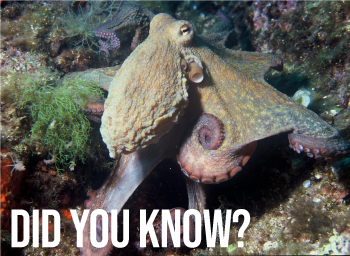
Molluscs: The Survival Game Questions
A list of questions about the characteristics of Molluscs to use after viewing the video Molluscs: the Survival Game.
Biomimicry
Nature has inspired inventions since the first humans tried to make things. Biomimicry is the practice of looking to nature to help solve design problems. Today scientists and engineers are finding inspiration from animals and plants that may surprise you.
Where Science Inspires Art Creating Wonderous Figures
Look carefully at these images.
They almost look real. But they are actually astounding glass marine creatures created by the father and son artists/naturalists Leopold and Rudolf Blaschka. Every time I look at one I am awe struck by the extreme detail. How could they have done this?
Ammonite
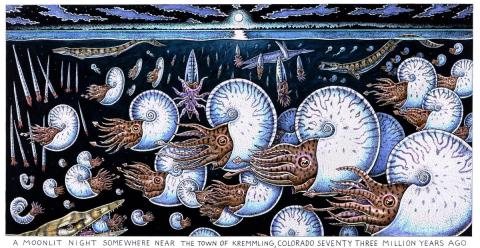
Chiton
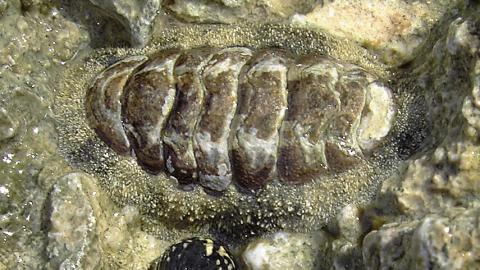
My Octopus Teacher
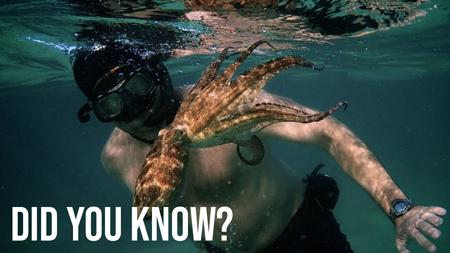
Darwin’s Paradox
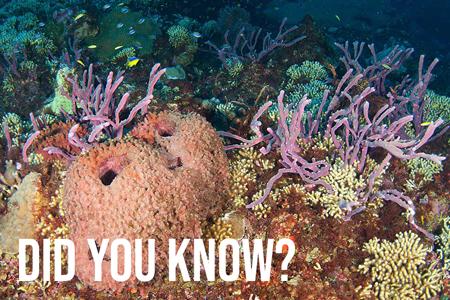
Acidification – Faster Than You Think
Tiny calcium carbonate shells tell us how fast the ocean is acidifying.
We were alarmed by recent headlines that said, “Waters Off California Acidifying Faster Than Rest of Oceans, Study Shows.”
Finding the Hole Truth About Piddock Clams in the Monterey Bay
The holes are the work of industrious molluscs called piddock clams or, more commonly, boring clams. Some 16 different species of not-so-boring clams call Monterey Bay home
The “Head Foot” Sea Monsters that Ruled Before the Dinosaurs
Dinosaurs are indisputably amazing —their gigantic size, their predatory bent, their mysterious mass extinction. But would you believe that a completely different group of voracious monsters dominated our planet two hundred million years before the first dinosaur evolved? They were cephalopods, the ancestors of today’s squid and octopus.
The Wise Owl Limpet
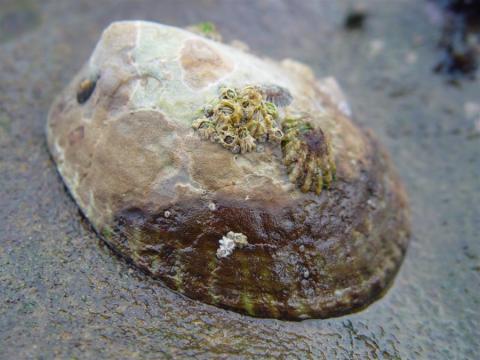
Our Oceans: The Frontier for Curious Minds
By Nancy Burnett, Founder, Shape of Life
I just went to a wonderful workshop about plankton. We may as well fess up to the fact that there’s a whole world out there in the ocean that we haven't told you about, yet. Most marine animals that we know and love started out in life looking very different from what they look like as adults.
At the beginning of life, they hatch out of eggs that float in the water or are attached to the bottom of the ocean. The tiny larvae feed, grow and change form in the ocean as part of the zooplankton. These fragile, otherworldly creatures swim or drift in the currents for months at a time before settling to the bottom to change into adults.
Melibe leonine
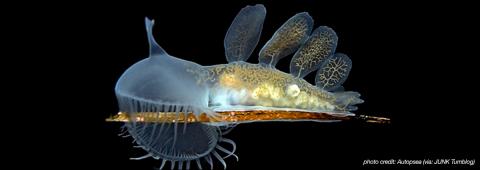
Giant Pacific Octopus

